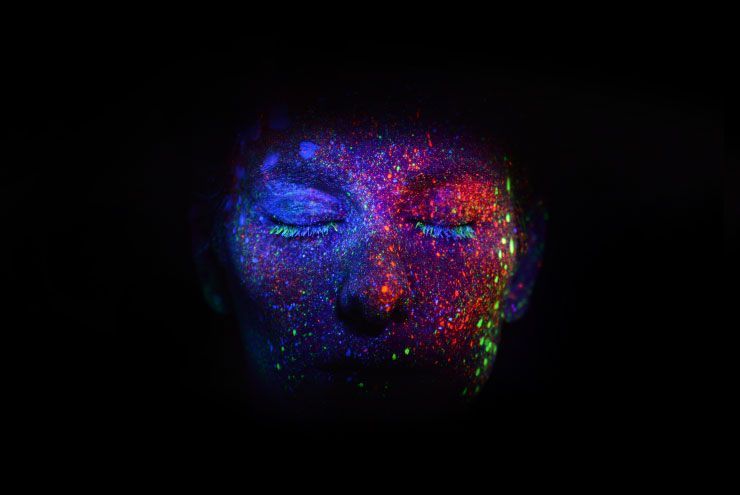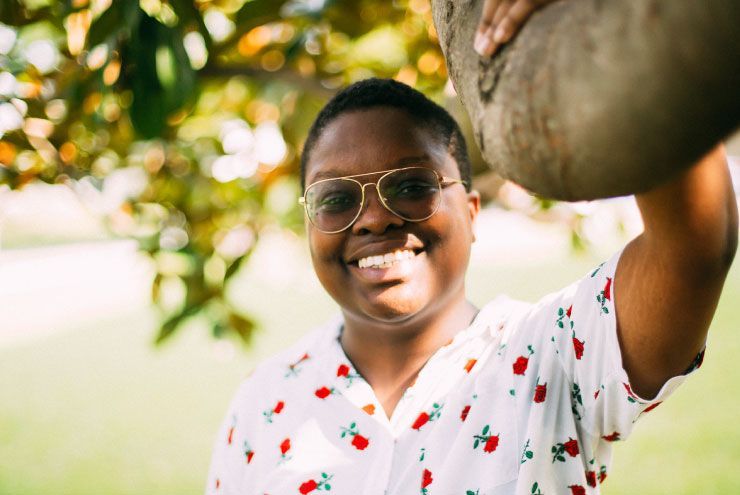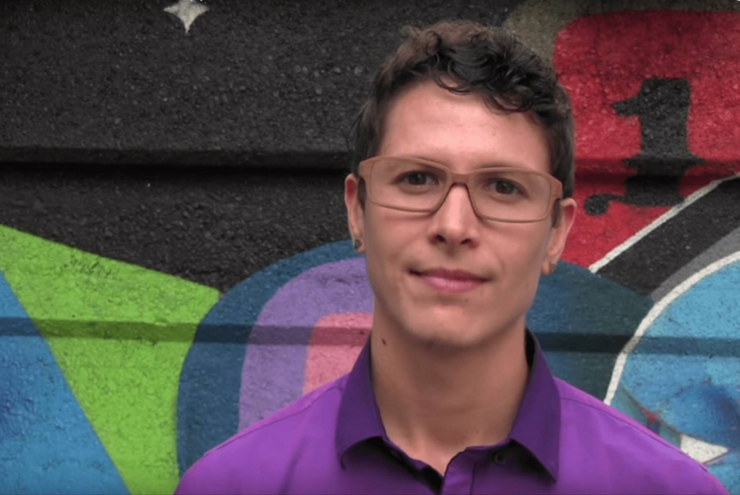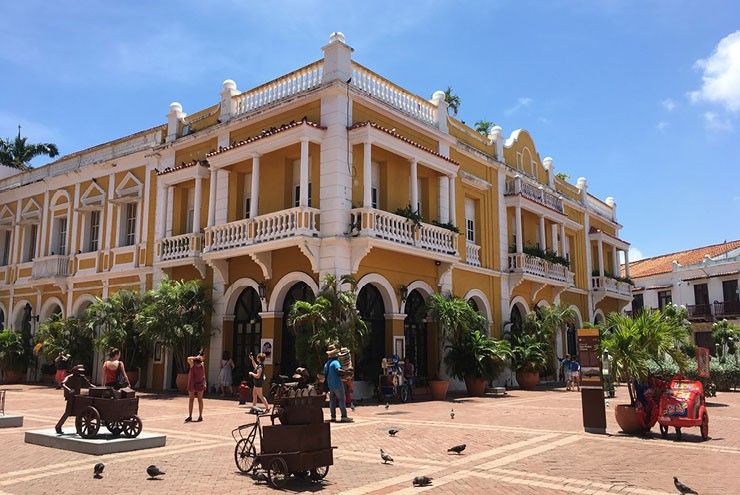By Kelly M. Marshall
The season of the witch has arrived. Simply scroll through Instagram and see for yourself: crystals, herbs, spell recipes, aesthetic posts of perfectly curated altars, candles, witchcraft 101 tips and tricks, the list goes on. Walk the aisles of any bookstore, and they’re front and center: books on witchcraft, magic, the moon, astrology. Tarot is experiencing a rebirth, a reinvigoration.
And at the heart of it all is us queers, getting weird, magical, and more empowered than ever.
What the hell is going on?
In a phrase: a reclamation of power.
Paganism and witchcraft have always been around in the United States, cycling in and out of the cultural zeitgeist. Before this iteration, a revival took place in the late 1980s and early 1990s. Before that, the 1960s and 1970s, the 1940s, the 1920s, the 1800s, the 1600s to the 1400s, to pre-colonial belief systems, all the way back to the early days of the Bible and beyond.
Between the years 1500 and 1660 alone, up to 80,000 suspected witches were put to death in Europe. Most of them were women thought to be in league with the Devil, consumed with sexual obsession. In colonial America, the Salem witch trials are a well-documented moral panic that erupted in 1692.
Today, one won’t get executed for practicing witchcraft, but hate crimes against marginalized populations are still loosely guarded. The parallels between queers, trans folx, gender non-conforming people, BIPOC, and the history of the oft-persecuted scapegoat of witches is not lost. Often, they intersected throughout history. The two go together like sage bundles and amethyst crystals.
But why the resurgence now?
Historically, surges in witch-mania have coincided with times when marginalized populations have felt disempowered. If we cannot change the status quo by vote, we change it by vibes. To quote Starhawk from her seminal work, The Spiral Dance, “To reclaim the word ‘witch’ is to reclaim our right…to be powerful.”
The modern revival of witchcraft marries feminism, activism, and ecological and social justice with our innate intuition, trust in ourselves and others, sense of community, reconnection with the earth, and the ability to work our wills to affect real transformation. These practices connect us with that which sustains us, with things that are real and nourishing and bigger and older than capitalist industry, environmental destruction, oppressive hierarchal social structures, loneliness, and disposability of both our human rights and our inherent sense of worthiness outside of the productivity machine.
A study published by the global health service company Cigna, found that 46 percent of US adults report sometimes or always feeling lonely, which the company calls “epidemic levels.” Additionally, nearly one-fifth of Americans, the most in the history of our country, identify as “spiritual but not religious,” discarding the dogma of organized religion for an a la carte approach. As Ariel Gore, author of Hexing the Patriarchy, says, “The system that sees the Earth as our mother is under siege. Having an Earth-based spirituality makes sense right now.”
Witchcraft gives us tools to connect to our deeper needs, our friends and communities, and the earth that sustains us, in the form of nature and the divine in the everyday. Witches track the cycles of the seasons, the phases of the moon, astrological transits, engage in divinatory practices like Tarot, utilize herbal and plant medicines, work with candles and crystals, and often connect with others who share a passion for these physical, tangible ways of connecting with the natural world.
Beyond this, modern witchcraft is becoming ever more “trauma-informed,” drawing on influences like Jungian analysis, Polyvagal Theory, Somatic Experiencing, and the like. Many therapists are responding to their clients, who are utilizing these tools for self-actualization and self-development. By ritualizing the patterns of the everyday, witches create practices of self-love and self-care by identifying the self with the divine, and the divine as the self, not unlike in yoga. Through these practices, queer witches can reclaim their personal agency and power in a culture rife with systemic oppression and create rituals of resilience and recovery as a marginalized body and spirit.
To learn more about witchcraft, we recommend the following further reading:
Becoming Dangerous: Witchy Femmes, Queer Conjurers, Magical Rebels, edited by Katie West and Jasmine Elliot
Revolutionary Witchcraft: A Guide to Magical Activism by Sarah Lyons
Initiated: Memoir of a Witch by Amanda Yates Garcia
Waking the Witch by Pam Grossman








Kyra
March 11, 2020 at 12:28 PMAbsolutely love this. So true.